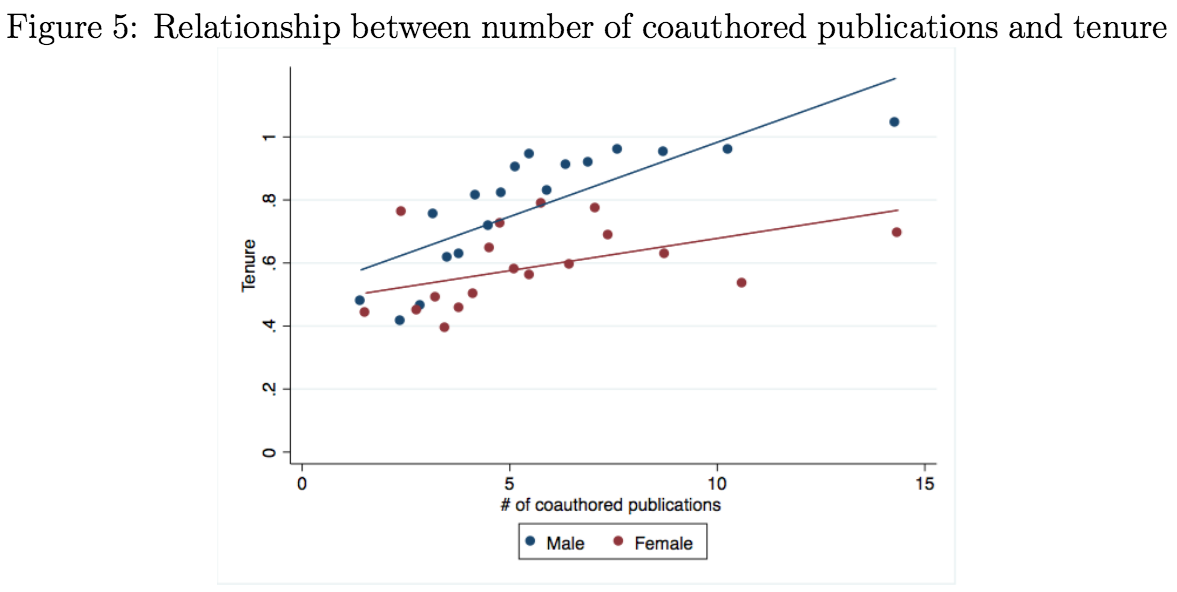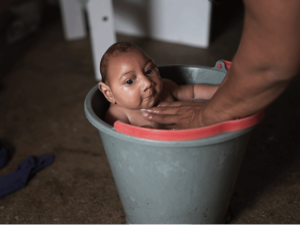Originally posted at the Gender & Society blog.
Researchers increasingly find that American men who are millennials—more than men of earlier generations—aspire to create relationships in which they and their spouse equally share earning and domestic responsibilities, including care of young children. Such egalitarian ideals are difficult to attain, however, given the time and energy demanded by today’s employers.
 One oft-cited remedy to this problem has been the introduction of progressive work-family policies, such as paid parental and family leave as well as flexible workplace practices. Such policies make gender-egalitarian relationships considerably more feasible because they provide workers with the time and resources needed to more realistically balance the often competing demands of employment and family obligations. In practice however, men are much less likely than women to take advantage of such policies.
One oft-cited remedy to this problem has been the introduction of progressive work-family policies, such as paid parental and family leave as well as flexible workplace practices. Such policies make gender-egalitarian relationships considerably more feasible because they provide workers with the time and resources needed to more realistically balance the often competing demands of employment and family obligations. In practice however, men are much less likely than women to take advantage of such policies.
Why might this be the case? One possibility centers on pure economics: men tend to have higher paying and higher status jobs than women, and therefore may feel they have more to lose if they modify their work for the sake of family. However, men’s cultural beliefs about gender also likely play an important role. For instance, some men may not take advantage of these policies simply because they do not believe it is right for men to take on equal responsibility for family responsibilities.
Furthermore, sociologists routinely find that men’s preferences and behaviors are driven by their sense of social approval by other men. From this perspective, some men may not utilize or support work-family policies because they believe that other men will judge them negatively for taking advantage of such policies. In short, if men believe that their male peers value paid work as a distinctively masculine responsibility, they may fear that taking on a substantial amount responsibility for housework and childcare—the behavior that supportive work-family policies facilitate—will undermine their masculine identity within their social circle.
Our study tackles this complex set of issues by identifying and measuring the extent to which young men’s cultural beliefs about gender are relevant for their responses to supportive work-family policies. We implement a novel survey-experimental design to investigate whether the causal effect of the presence of supportive work-family policies on a young man’s preference to take on equal or primary responsibility for housework and childcare depends on his cultural beliefs about gender.
To that end, we focus on two types of cultural beliefs. First, we examine gender ideology: whether respondents believe that other men should have gender-egalitarian relationships. Second, we examine perceptions of masculinity norms: whether respondents believe that other men actually do aspire to have gender-egalitarian relationships.
In our survey experiment, which was conducted with a nationally representative sample of unmarried, childless, American men between the ages of 18 and 32, we asked each respondent to express how he would ideally prefer to divide work and domestic responsibilities with his future partner. As part of the study, we randomly assigned participants to one of two groups. In one group, participants were told to state how they would ideally organize their future work and family responsibilities under the assumption that supportive work-family policies—specifically, paid family leave, subsidized childcare, and flexible workplace practices—were in place. In the other group, we made no mention of such policies, but still asked the men about how they would ideally like to balance work and family like in the future. All participants then asked a series of questions about how they believe most men should organize work and family obligations, and how most men their age actually do prefer to organize these obligations.
Our key finding is that men’s responses to the supportive work-family policy prime are contingent upon their perceptions of normative masculinity—that is, beliefs about what the majority of other young men want. Among the subgroup of men who believed that the majority of their male peers actually want to take on equal or primary responsibility for housework and/or childcare, supportive work-family policies increase the chances of selecting a progressive relationship structure (e.g., being in an egalitarian relationship or being in a relationship where they would be primarily responsible for housework and childcare) by nearly 26 percent.
Further, we show that men’s responses to the supportive work-family policy prime are not contingent on men’s value-laden beliefs about whether men ought to share equally in earning and caregiving. While gender ideology matters for many things, it does not appear that deep changes to men’s ideological beliefs are a prerequisite for increasing men’s endorsement and take-up of supportive work-family policies.
Together, these findings contribute new and important insights to the study of work and family life, masculinity, and the determinants of men’s responses to supportive work-family policies. Whereas men’s overall resistance to interventions aimed at supporting dual-earner, dual-caregiver relationships has proven to be a stumbling block to attaining greater gender equality, our findings demonstrate that such resistance is far from ubiquitous, and is in fact contingent on a man’s localized perceptions of masculinity norms. Thus, our study identifies one key factor that contributes to persistent patterns of inequality in the workplace and at home. By designing work-family policies that take masculinity norms into consideration, policymakers and business leaders alike may take an important step toward dismantling patterns of inequality.
_________________________________
Sarah Thébaud is Assistant Professor of Sociology at the University of California, Santa Barbara and a faculty research associate of the Broom Center for Demography. Her work investigates social psychological and macro-institutional sources of gender inequality in the new economy. In addition to studies on the relationship between gendered cultural beliefs, workplaces, and families, her research examines patterns of gender inequality in entrepreneurial activity, investment markets, and academic science and engineering.
David S. Pedulla is Assistant Professor of Sociology and Faculty Research Associate in the Population Research Center at the University of Texas at Austin. Using primarily experimental and quantitative approaches, his research examines the processes underlying racial and gender stratification in the labor market. One ongoing project investigates the gendered and racialized consequences of nonstandard, contingent, and precarious employment on workers’ social and economic outcomes.
Their article “Masculinity and the Stalled Revolution: How Gender Ideologies and Norms Shape Young Men’s Responses to Work–Family Policies” can be found in the August 2016; 30 (4) issue of Gender & Society.






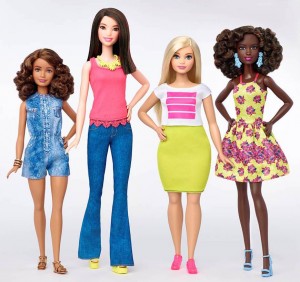

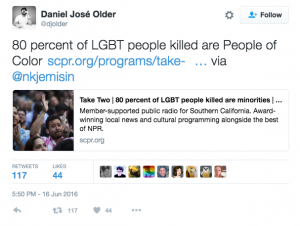
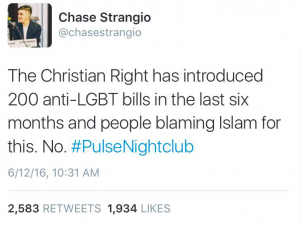


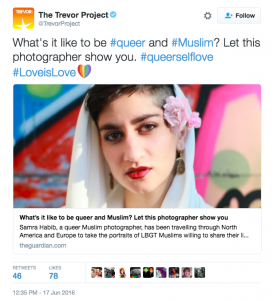



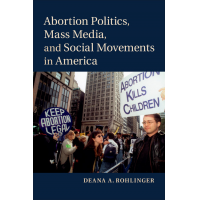 The thought of publishing a book is very seductive. A book offers the opportunity to explain ideas in detail. For some, it signifies an academic arrival. Once you publish a book, you are officially part of the knowledge production machine, you have a compelling way to engage the conversation. My book, on abortion politics [
The thought of publishing a book is very seductive. A book offers the opportunity to explain ideas in detail. For some, it signifies an academic arrival. Once you publish a book, you are officially part of the knowledge production machine, you have a compelling way to engage the conversation. My book, on abortion politics [ She grocery shops, I take the kids to dance classes while she does so. She puts the kids to bed, I clean the house. Mornings are evenly divided between the two of us (though we do make the kids stay in bed until 6:20 so we can both get in early morning workouts!). Sure there are evening events/conferences/invited talks, but we plan those out in advance to make sure each of our jobs are covered. In fact when C.J. travels the table is covered in Tupperware and prepared meals so she holds up her part of the labor before she leaves (see image). Weird, it’s like our partners work in two totally different industries.”
She grocery shops, I take the kids to dance classes while she does so. She puts the kids to bed, I clean the house. Mornings are evenly divided between the two of us (though we do make the kids stay in bed until 6:20 so we can both get in early morning workouts!). Sure there are evening events/conferences/invited talks, but we plan those out in advance to make sure each of our jobs are covered. In fact when C.J. travels the table is covered in Tupperware and prepared meals so she holds up her part of the labor before she leaves (see image). Weird, it’s like our partners work in two totally different industries.”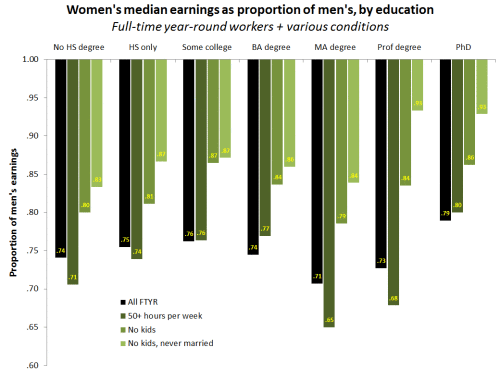
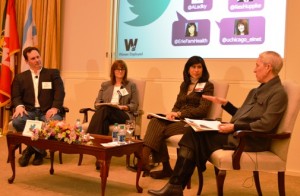 ng you this post from my friends over at
ng you this post from my friends over at 